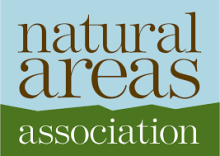Resource information
The National Park Service (NPS) and other land management agencies have interest in managing bison herds under ânaturalâ conditions; yet demographic features of natural populations are not well described. One solution to this issue involves the analysis of historical bison (Bison spp.) jump data. We conducted a literature search of archeological data associated with bison jump sites in North America with the goal of analyzing the data and summarizing historical bison demographics. We identified six locations with adequate information to conduct vertical life-table analyses. Two of the six were Bison antiques, two were Bison occidentalis, and the final two were Bison bison. In five of six analyses, a common annual survival parameter was estimated across all age classes. The most robust data set came from Wardell, Wyoming, where age-class-specific survival parameters best described the data. Average annual survival for the same age classes across all six sites was = 0.7344. These estimates are substantially lower than annual survival estimates of contemporary bison herds. The lower survival estimates produced an estimated finite rate of population change for Pre-Columbian B. bison of = 1.075 compared to contemporary populations that are about 9% higher. Natural Pre-Columbian B. bison populations had a much lower growth potential than contemporary populations due to pressures from apex predators, which are no longer present in current populations. Managers of natural areas interested in maintaining natural bison populations can use our results to help guide culling and other management decisions.



